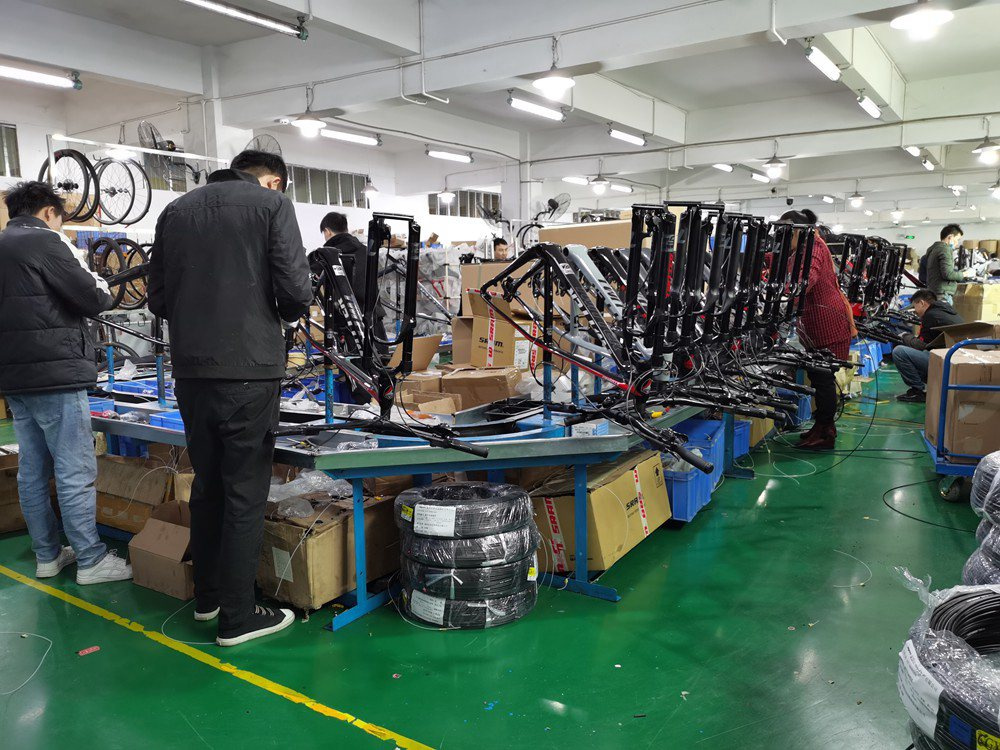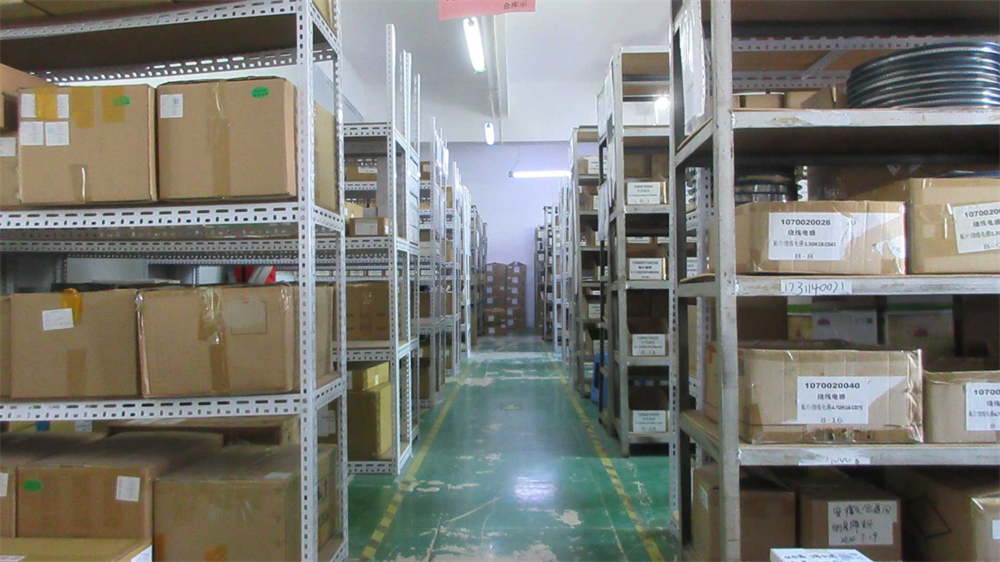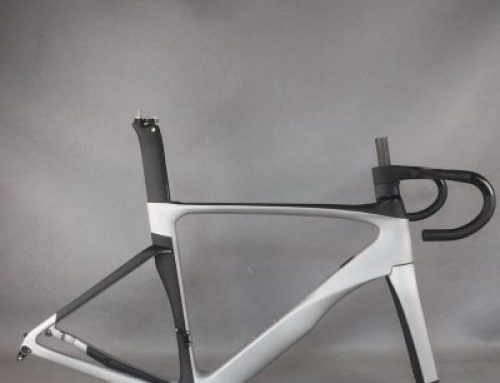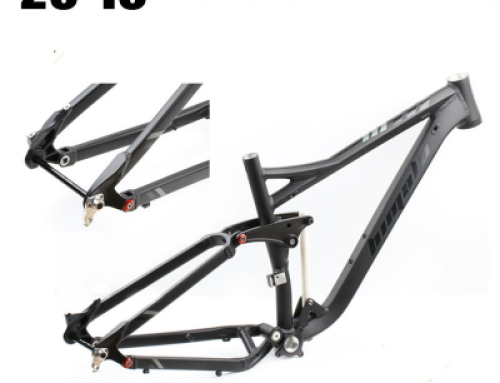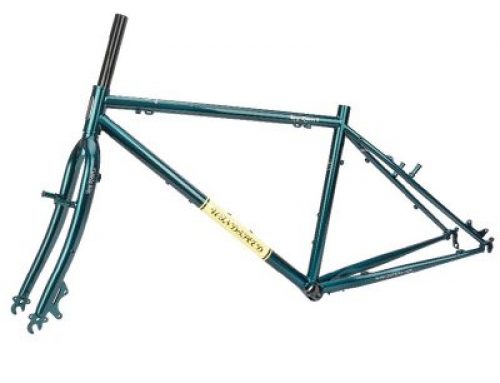Project Description
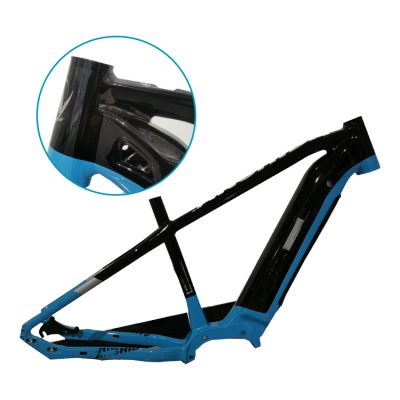
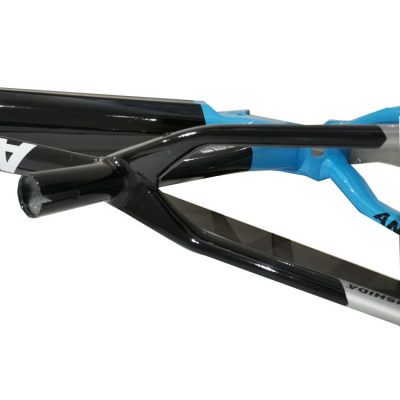
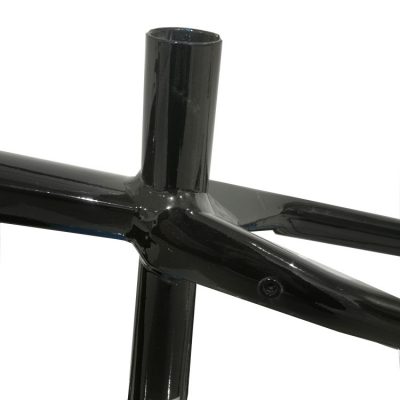
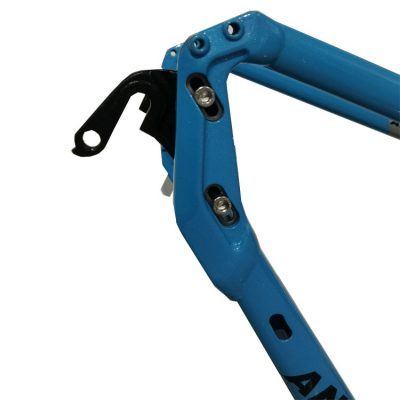
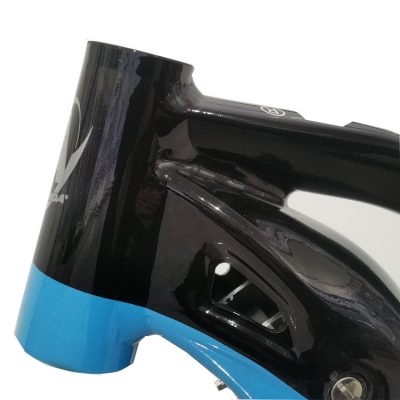
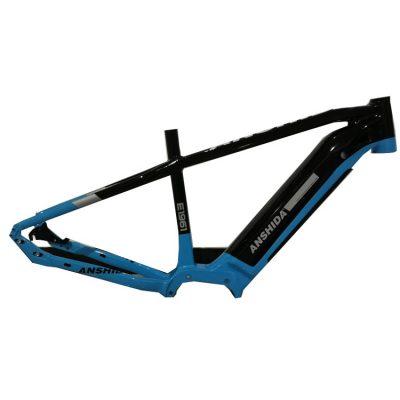
| Product name | Carbon Bicycle Frames |
| wheel diameter | 27.5/29 inches |
| Frame height | 27.5*15/17/19, 29*15inches |
| Surface | gloss/matte |
| Material | Carbon T900 |
| Technology | EPS |
| Weight | 2.15 Kg (29*15 inches) |
| Wheel Size | 700C |
| Apply to tyre max | 700C*28C |
| Feature | Light weight, corrosion resistance, appropriate strength
Corrosion and no rust, good riding feeling |
As the skeleton of the entire bicycle, the bicycle frame determines and affects the correctness and comfort of the riding posture to the greatest extent.
The frame material has evolved from the earliest chromium-molybdenum steel to aluminum alloy, and then the use of composite materials such as carbon fiber. Others include scandium alloys, magnesium alloys, titanium alloys, etc. The industry continues to develop new material formulas to improve pipe fittings and structural design capabilities And innovative processing technology, just to make the frame lighter, stronger, more comfortable and more streamlined and beautiful. The density of chromium molybdenum steel is 7.9, aluminum alloy is 2.6-2.9, titanium 4.5, titanium alloy 4.3-5.1, carbon fiber composite It can be seen that the density of chromium-molybdenum steel is the highest and that of carbon fiber composite is the lowest.
Currently, bicycle frames can be made of the following materials: steel, aluminum alloy, titanium alloy, magnesium alloy, scandium alloy, carbon fiber, etc. The general market frame mainly includes steel, aluminum alloy, titanium alloy, and carbon fiber. . Scandium alloys and magnesium alloys are recent emerging materials and are relatively rare.
